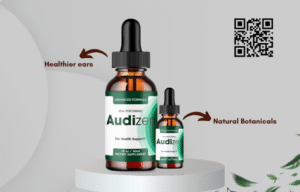What Does Skin Cancer Look Like in Its Early Stages?
Skin cancer is one of the most common cancers, but detecting it in its initial phase improves the chances of...

Skin cancer is one of the most common cancers, but detecting it in its initial phase improves the chances of recovery. Many people wonder about the signs of skin cancer in its early stages. It often appears as unusual changes in the skin, such as new moles, sores that do not heal, or patches that grow and change over time.
What Does Skin Cancer Look Like?
Skin cancer can appear in different ways, making it important to watch for any unusual marks or changes on the skin. Some common early signs include:
- A new growth or sore that does not heal.
- A mole or spot that changes in colour, shape, or size.
- A lump that appears shiny, red, or scaly.
- Skin lesions that itch, bleed, or crust over.
These symptoms may not always indicate cancer, but they should not be ignored. Regular skin checks can help detect problems early.
Different Types of Skin Cancer and Their Early Symptoms
There are several types of skin cancer, each with distinct early symptoms:
- Melanoma: The most dangerous form, it often appears as an asymmetrical mole, has uneven borders, multiple colours, or size increases. Any mole that suddenly changes should be checked by a doctor.
- Basal Cell Carcinoma: This type usually appears as a shiny, pearly lump or a red, scaly patch. It grows slowly and may bleed or develop into an ulcer.
- Squamous Cell Carcinoma: This form appears as a firm red lump or a rough, scaly patch. It may become crusty or develop into a sore that does not heal.
When to See a Doctor?
Regular self-examinations help in identifying any unusual skin changes. If you notice:
- A mole or skin lesion that grows or changes.
- Any sore that does not heal within a few weeks.
- Persistent itchiness, pain, or bleeding from a spot.
Consult a doctor immediately. Early medical advice can prevent complications and ensure timely treatment.
Preventive Measures and Sun Safety
Protecting your skin is essential in reducing the risk of skin cancer. The Slip Slop Slap campaign highlights three key steps:
- Slip on protective clothing to cover exposed skin.
- Slop on sunscreen with a high SPF rating.
- Slap on a wide-brimmed hat to shield the face and neck.
These simple measures help in reducing sun damage and lowering the risk of skin cancer. Staying in the shade, avoiding peak sun hours, and wearing sunglasses also add to protection.
Conclusion
Understanding what skin cancer looks like in its early stages is essential for early detection. Recognising changes in moles, sores, or skin texture can help detect problems before they become serious. Regular self-checks and professional examinations improve the chances of timely treatment. Using sun protection methods, such as the Slip, Slop, Slap approach, significantly lowers the risk. Taking care of your skin today ensures better health in the future.



